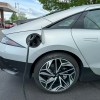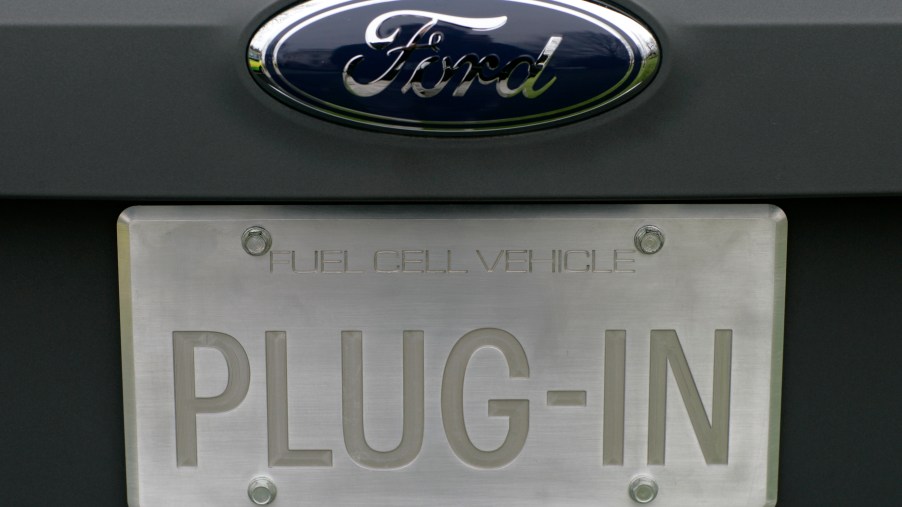
Electric Vehicle Know-How: What Are Amps, Volts, and Watts?
You’ve seen the news telling you the age of the electric vehicle is upon us. And you’ve looked at EV sites, and seen them flying past you. But looking at the specifications, you’re lost, what with numbers for Watts, Kilowatts, Volts, and Amps. What does it all mean? Hopefully, this will help to clear up some of the unknown terms of the EV revolution so you can choose the right electric vehicle.
What are Amps?

Amps are amperes, which are a figure for how much electricity is flowing at any given time. We’ll use the analogy of a water hose, with “water” being the power running through the hose. The more water, or electrical power, that is running through the hose, is is what an amp is in an electric vehicle. This applies mostly to charging. The more amps the charger can draw from an electrical source, the quicker the batteries get charged.
Usually, amps are limited by what the source delivers to houses, in the case of home chargers. That can mean anywhere from 30 amps for an old electrical system, to 400 amps for large homes that need more power. A 120-volt house plug is set at 15 amps. But public chargers push out about 32 amps.
What are Volts?
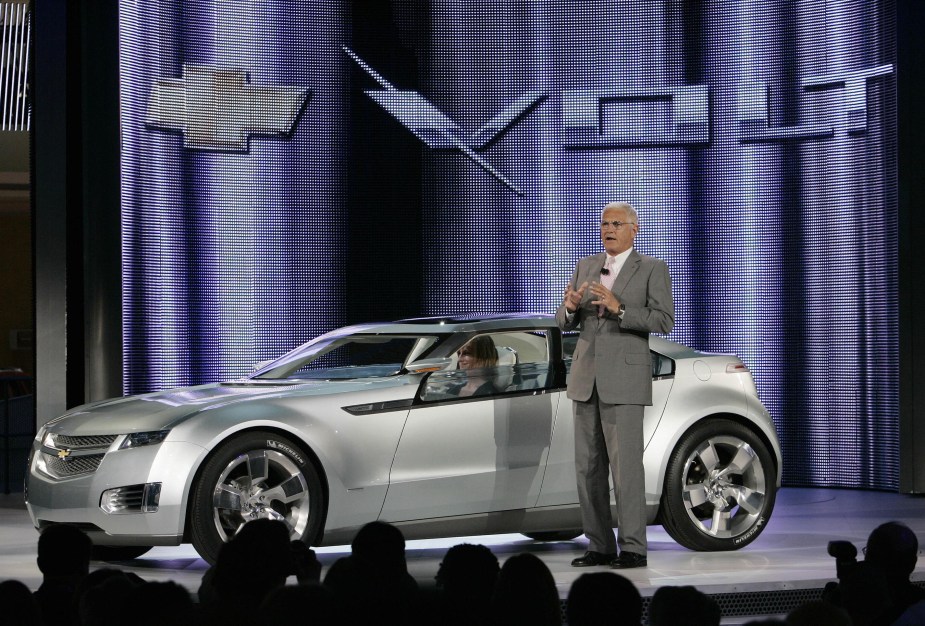
Think of volts as you would water pressure in a garden hose. The larger the diameter of the hose, the more “water volume”, or electricity, you can push through it. Tesla EVs generally run at around 350 to 375 volts. So here’s where volts and amps come into the picture.
For charging a 350-volt Tesla Model 3 with 250 kW, you would need 715 amps running through the charging cable to the battery. That requires a large cable, just as pushing more water through a hose means using a larger diameter hose. The Porsche Taycan takes the exact opposite to achieve the same thing, but with a big advantage.
The Taycan requires 312 amps to get a 250 kW charge at 800 volts. Using more voltage means lower amps, requiring smaller cables, which lessens weight. Not only is weight reduced, but the more amps being used, the more heat is generated, for the most part.
This shows how amps and volts relate to each other. Tesla chose low voltage and high amperes, while Porsche went the opposite, low voltage and higher amps. Each gets a similar result but in opposite ways.
What is Watts?
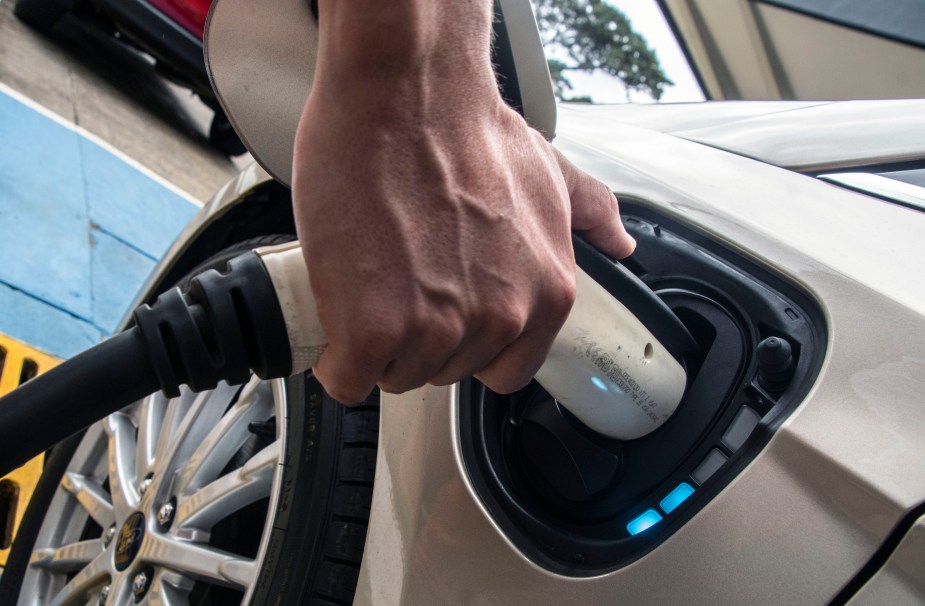
For the sake of this discussion, watts is a measurement like horsepower is a measurement. Both watts and horsepower are a measurement of the delivery of energy over a time period. One horsepower is equal to 745.7 watts. And a kilowatt is just 1,000 watts, which is 1.34 horsepower.
Increasing the kilowatts by one-third gets you a seat-of-the-pants horsepower rating. So a standard Tesla Model 3 sedan has 165 kW. Increasing 165 kW by a third gets you 220-221 hp. The GMC Hummer Edition 1 has 746 kW. Adding a third gives you 970 hp, which is close to GM’s estimate of 1,000 hp. That’s an easy way to compute the horsepower when you only know the kilowatt number.
What about electric vehicle battery size?
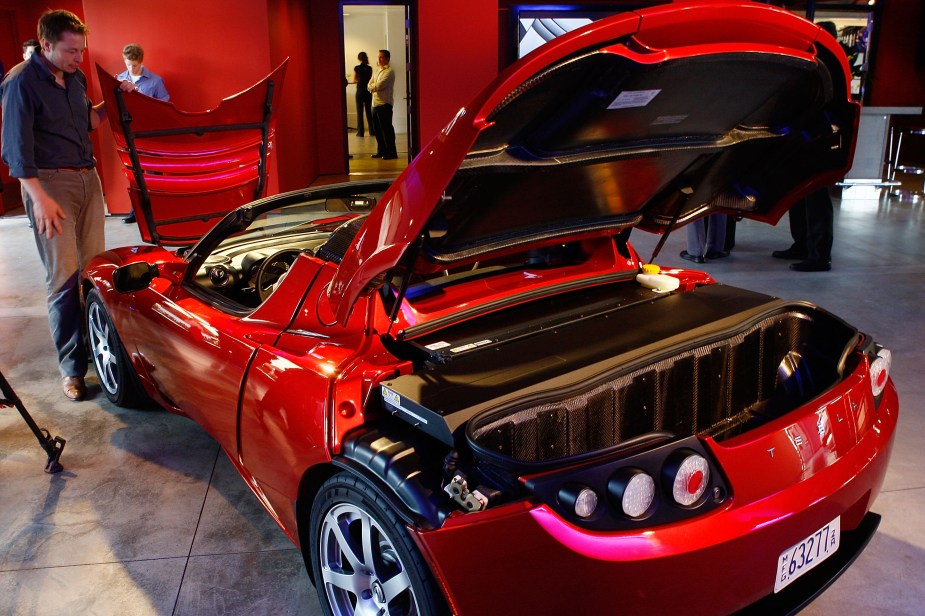
We can give a similar analogy to a gas tank and batteries. The larger the tank, the more gas it will hold. And the larger the battery pack, the more power it holds. If you’re heavy on the throttle in either case, you’ll consume more electricity or gasoline. Both result in a shorter range.
But there are other variables for batteries. Battery chemistry and the general performance attributes of a particular electric vehicle make a difference. Things like aerodynamics, rolling resistance, and others. So it’s not as simple as we’ve described, but it gives you a better understanding of the numbers in general.
Some of Tesla’s advantages over all of the other electric vehicle makers is that its cars can convert electricity into motion better. Part of the reason is due to the narrower tires it rolls on, for less rolling resistance. Another is that Tesla has been able to cut out more weight, so there is less mass to move.
All of this leads to the electric vehicle motors
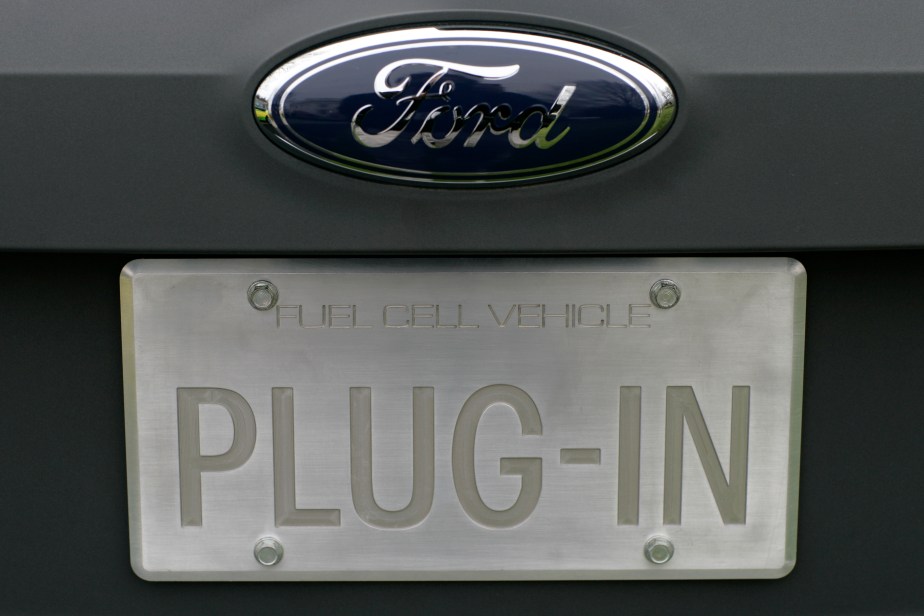
All of this power, range, and electricity storage is for the electric motor or motors. Some manufacturers, like Tesla, use alternating current, or AC, induction motors in Model S sedans, and direct current, or DC, in its Model 3. AC has a tendency to be more efficient than DC, partially because they tend to be smaller, which also means they’re lighter. Some say that AC is an upgrade over DC power.
There is much more to the stats and numbers, and how this all works together. But this should give you a start as you delve further into the EV world of the future, which is happening now.

